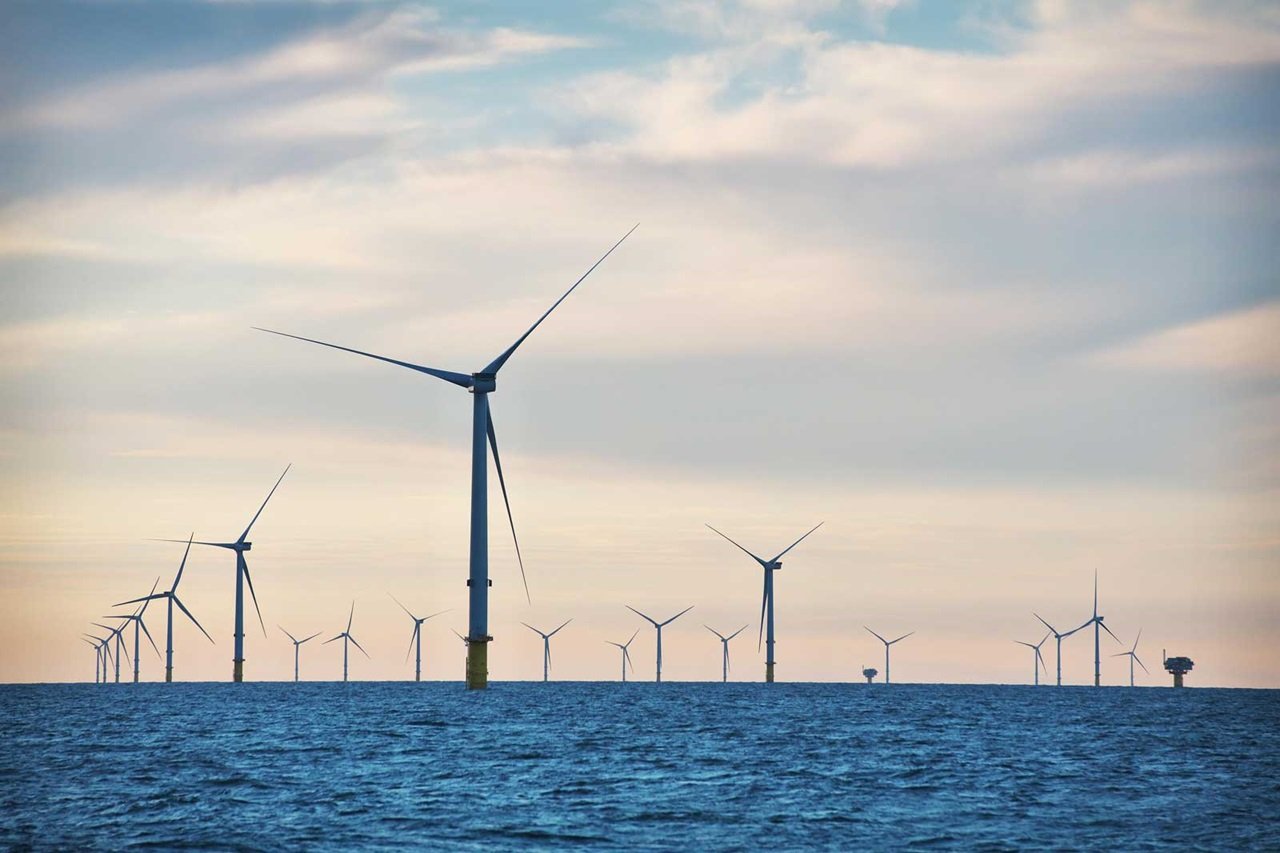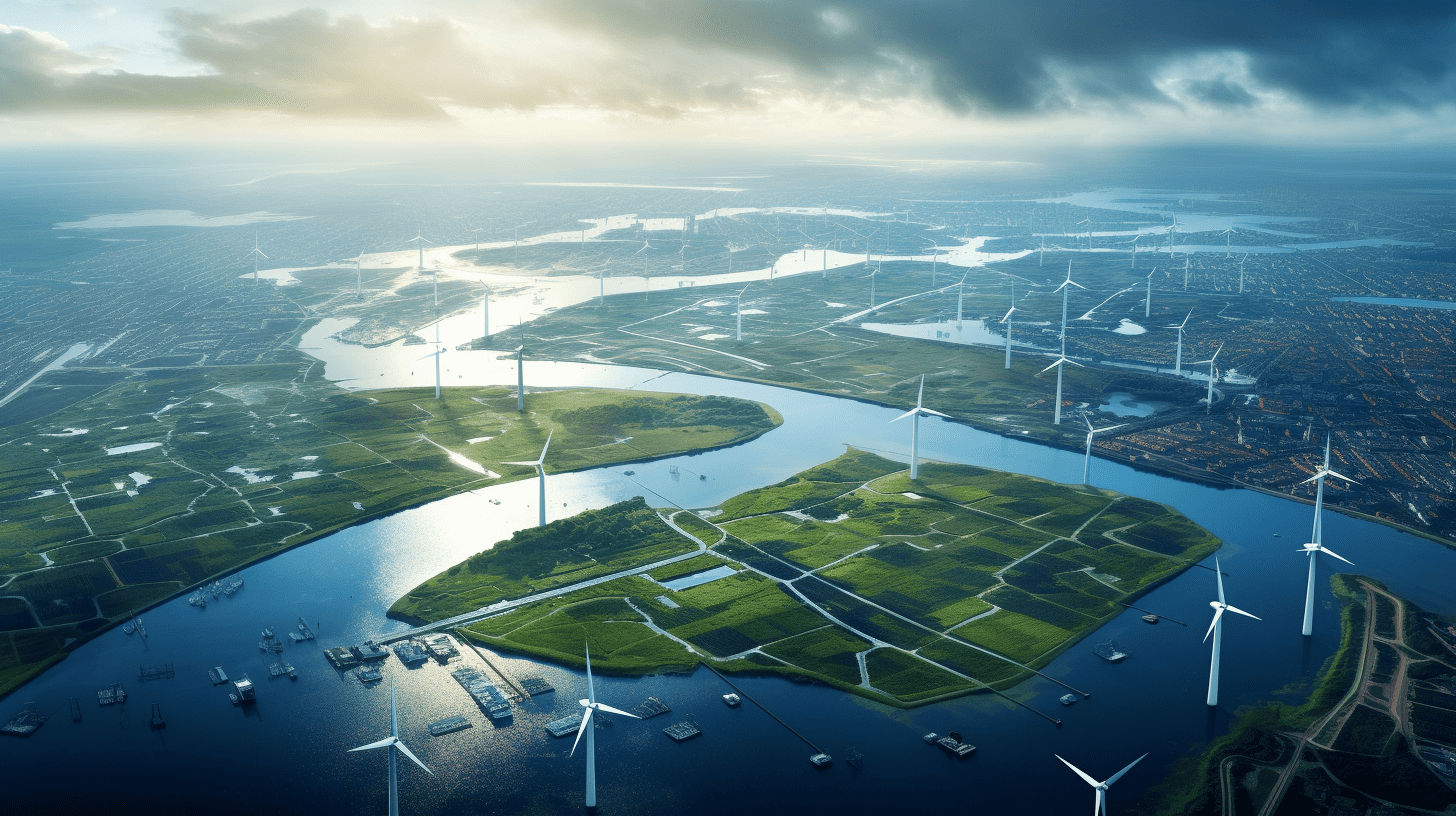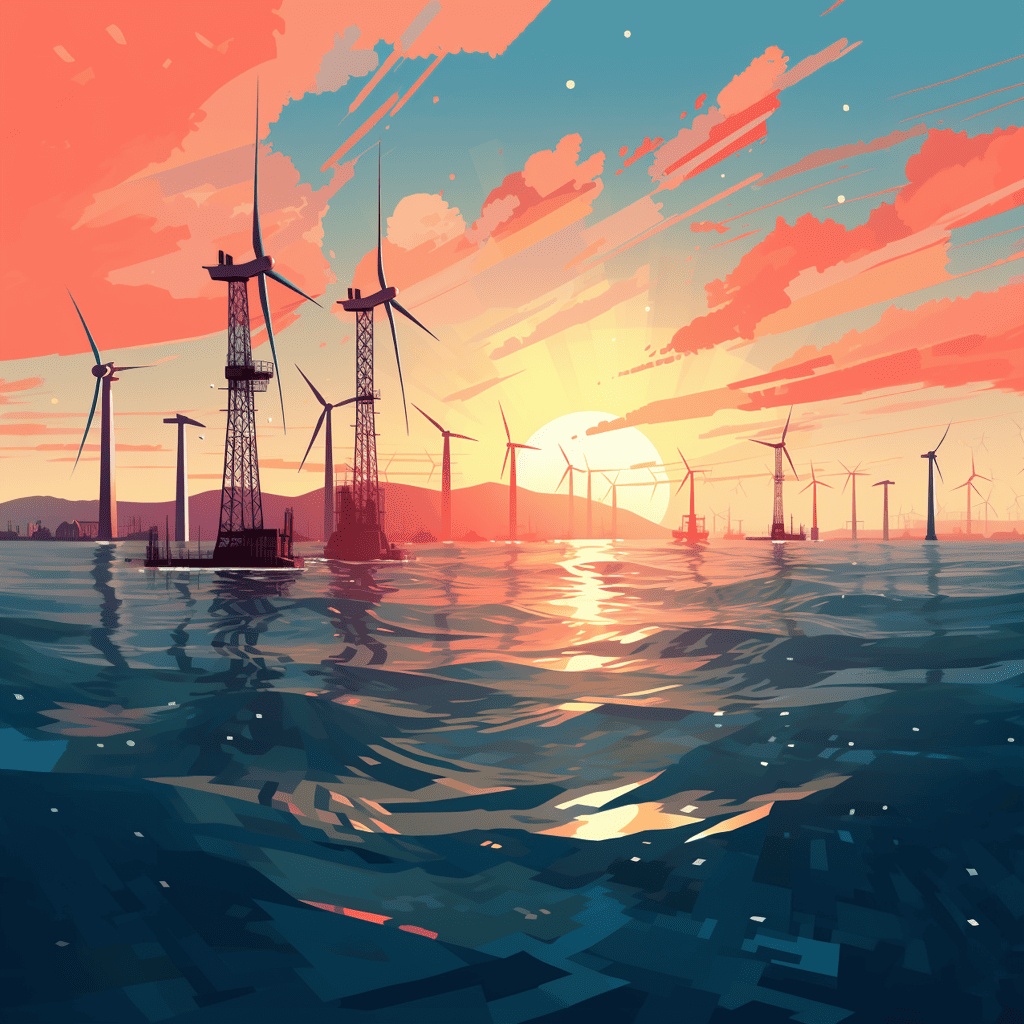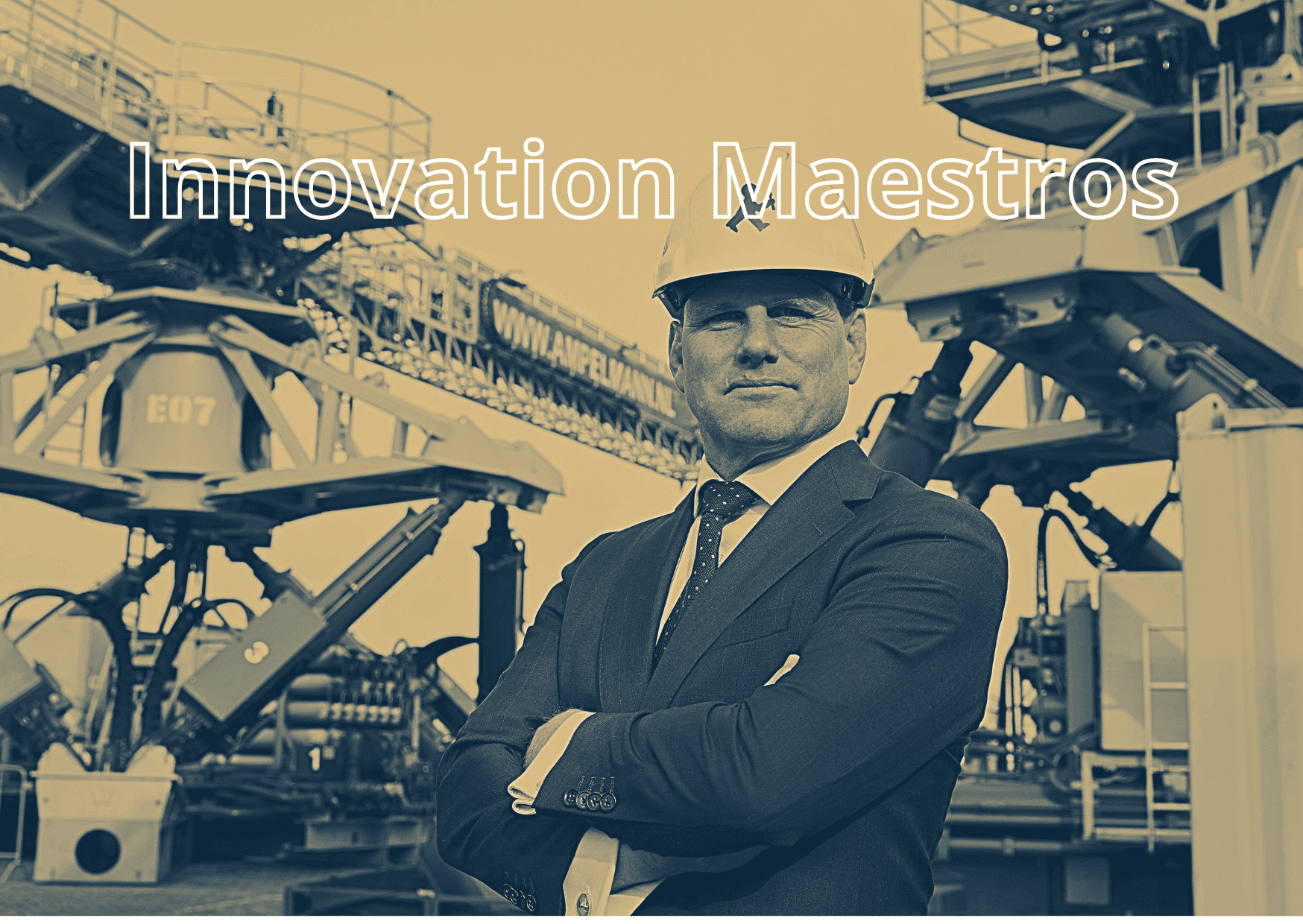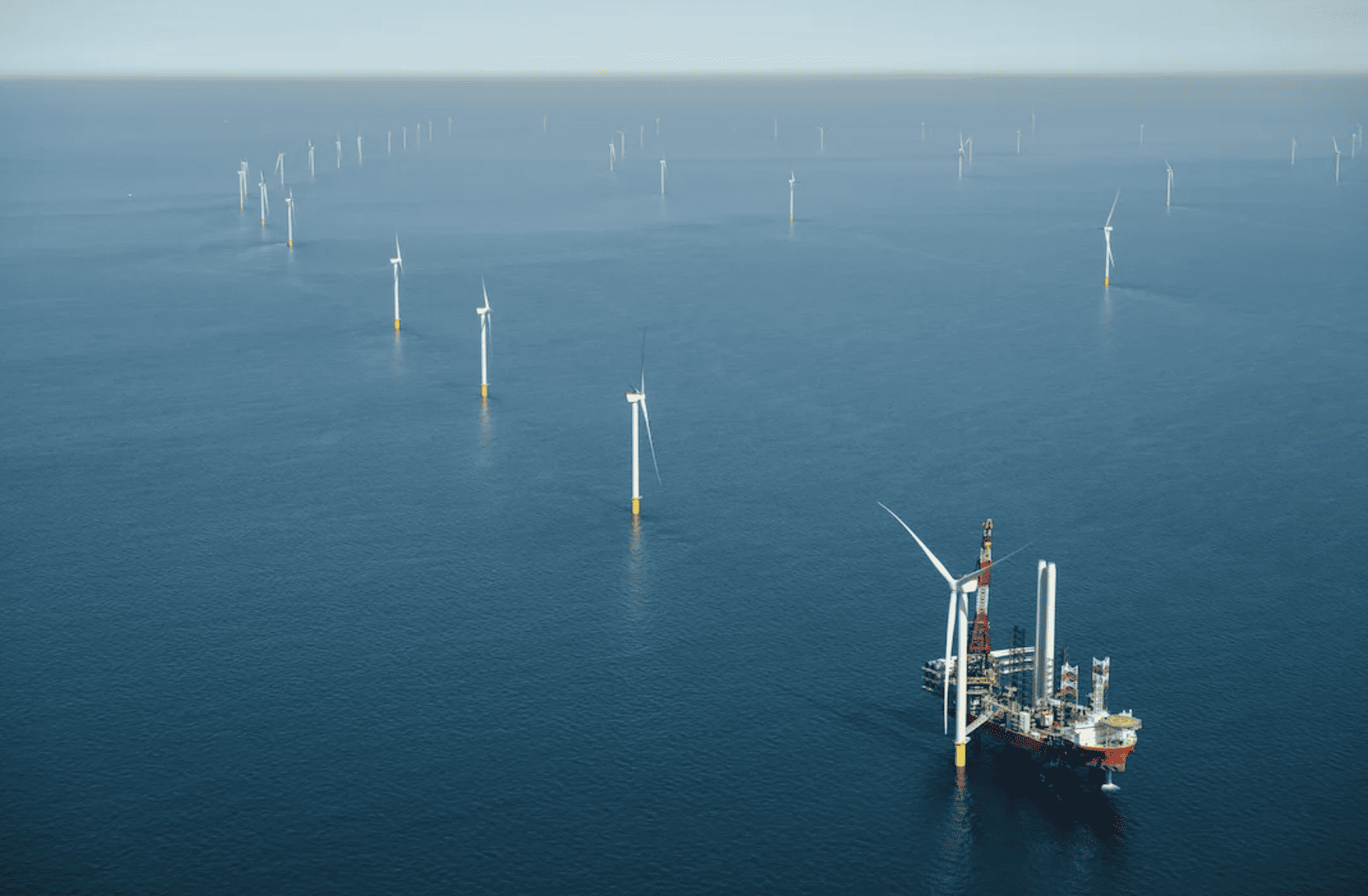
The Hollandse Kust Noord wind farm in the Dutch North Sea is ready for operation. The opening of wind farm Hollandse Kust Noord is the final step in the plans for the Dutch Roadmap Wind Energy at Sea 2023. The Borssele and Hollandse Kust Zuid wind farms were also part of the Roadmap. These farms have been in operation since 2020 and 2023. Together with Hollandse Kust Noord, they supply about 16% of the current electricity demand in the Netherlands. Starting in 2024, work is underway on the 2030/2031 Roadmap. This could realize 21 GW of wind energy at sea, accounting for 75% of the current Dutch electricity demand.
Completing Hollandse Kust Noord means that the 2023 ambitions have been achieved on time, within budget, and almost without subsidies: over 4.5 GW of wind energy at sea. The Netherlands Enterprise Agency (Rijksdienst voor Ondernemend Nederland, RVO) coordinated the offshore location studies and the permitting process for the construction and operation of the wind farms.
Power for the Netherlands
The Hollandse Kust Noord wind farm has an installed capacity of 759 megawatts (MW) and generates a minimum of 3.3 terawatt hours of electricity (TWh) per year. With this, the wind farm provides about 2.8% of the current electricity demand in the Netherlands. This is equivalent to the energy consumption of about one million households.
CrossWind, a joint venture of Shell and Eneco, received the permit to build and operate the Hollandse Kust Noord wind farm in 2020. Construction of the wind farm began in 2022. That’s when the first ‘monopile’ went into the seabed. These monopiles form the foundation of the wind turbines in the North Sea. The work is now all finished. This means the wind turbines are standing, and the wind farm is officially ready for use.
Coordination by RVO
To make the construction of wind farms as easy as possible, RVO has been conducting offshore location studies since 2015. These studies map wind, water, and soil conditions. This gives developers the information they need when designing and planning the construction of an offshore wind farm. RVO coordinates the companies that carry out the studies at sea. In addition, RVO also carries out the tender process. Permit applications for a new wind farm are assessed, and there is help in writing the regulations for the construction and operation of a wind farm.



